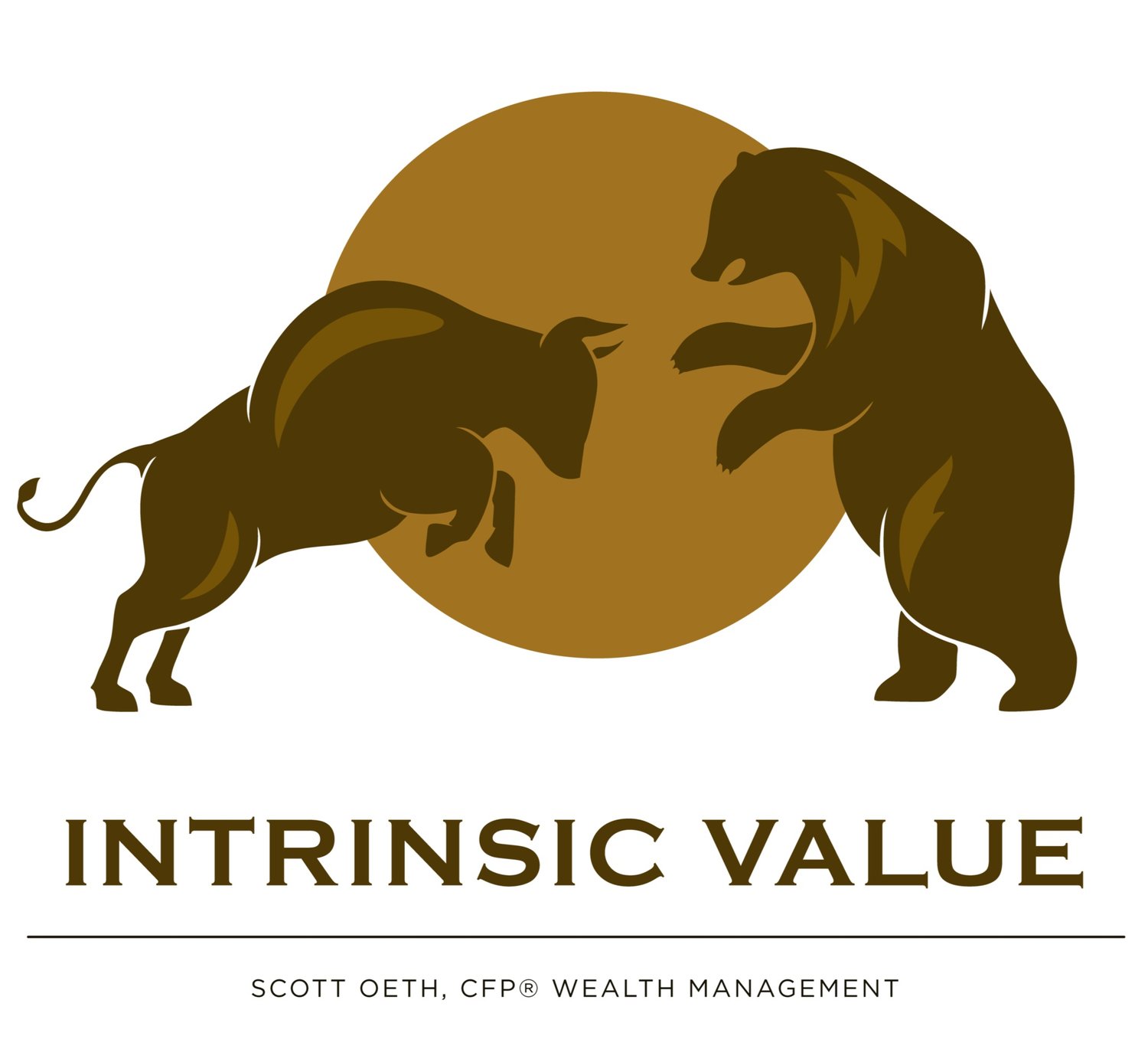PAW vs UAW: Are you a Prodigious or Under Accumulator of Wealth?
Are you a prodigious accumulator of wealth (“PAW“) or an under accumulator of wealth (“UAW“)?
“How do you become wealthy? It’s seldom luck or inheritance or education or even intelligence that builds fortunes. Wealth is more often the result of hard work, perseverance, and, most of all, self-discipline.”
Dr. Thomas J. Stanley, a renown professor who studied America’s affluent population and author of The Millionaire Next Door, categorized people in the top quartile of wealth builders as PAWs and people in the bottom quartile as UAWs.
Dr. Stanley's research showed that those in high-profile professions and corresponding high-incomes often do not actually accumulate significant wealth. Instead, much of their earnings go to support the lifestyle expected of a high-earning professional: expensive home(s), expensive cars, expensive vacations, and expensive private schools and youth sports for their kids. A comparatively small amount is allocated toward building assets for long-term savings.
Rather, Stanley found that a disproportionate number of PAWs had average academic backgrounds, were self-employed with rather mundane businesses, led modest lifestyles, and, importantly, displayed a serious FOCUS on building wealth!
Build and Manage Your Wealth
Dr. Stanley's research identified seven characteristics of PAWs:
They live well below their means.
They allocate their time, energy, and money efficiently, in ways conducive to building wealth.
They believe that financial independence is more important than displaying high social status.
Their parents did not provide economic outpatient care.
Their adult children are economically self-sufficient.
They are proficient in targeting market opportunities.
They chose the right occupation.
Although these traits do not guarantee wealth, Dr. Stanley identified them as behaviors and attributes that were common among those who had achieved a high level of wealth compared to their peer group. Number seven, in particular, could be viewed as quite subjective. What is Dr. Stanley's opinion of "the right occupation?" Stanley writes, "After studying millionaires for more than twenty years, I have concluded that if you make one major decision correctly, you can become economically productive. If you are creative enough to select the ideal vocation, you can win, win big-time. The really brilliant millionaires are those who selected a vocation that they love—one that has few competitors but generates high profits." (Millionaire Mind, 21).
Dr. Stanley typically found that UAWs exhibit the opposite characteristics of PAWs. He emphasized his findings that UAWs often "act rich" and live outside their means, even falling into debt to live such a lifestyle. Those UAWs then do not have the option to consistently save and invest their income for the future.
It's important to keep in mind one other finding: Dr. Stanley made the point several times in his writing that 80% of America's millionaires were first-generation rich—they did not inherit their wealth. That statistic may change if you study the top of the wealth pyramid, but the point is that even if people weren’t born into money, they still have the opportunity to build wealth!
What's Your Status? PAW or UAW?
Dr. Stanley offered a model for people to determine if they were a PAW or UAW:
“High income producing physicians, attorneys, and corporate middle managers are still below the norm when it comes to transforming income into wealth.”
Multiply your age by your realized pre-tax annual household income from all sources except inheritances.
Divide by 10.
According to Stanley, your result should be your current net worth.
If your actual current net worth is less than the number you calculated, you might be a UAW. If your actual net worth is more than the number you calculated, you are likely on the path to becoming a PAW.
Where do You Need to Be?
Dr. Stanley’s characteristics and behaviors provide excellent food for thought for anyone wanting to improve their financial position, and overall, I think Dr. Stanley's writings are well worth reading because they do an excellent job of addressing critically important topics: your financial behavior and mindset! However, while I think his model for calculating PAW/UAW status is an interesting gauge, it's not perfect.
As a financial advisor, I’ve had the opportunity to see many “models” of wealth accumulation over the years; for some people, the timeline is slow and steady, while other people hit a career jump or level of business success later in life. Also, Dr. Stanley's model doesn't address the quality and structure of someone's net worth, or how sound it is in the face of different challenges. In 2001, I remember meeting with a new client, a young emerging executive, who had lost more than $1,000,000 of value in her company stock over the previous year's market crash! She likely would have qualified as a PAW the previous year, but in 2001, she was a UAW due to her portfolio's heavy concentration in her company's stock. Adopting a more diversified portfolio approach pre-crash would have given her a lower PAW score initially, but would have protected her wealth through the downturn.
My main criticism of the PAW/UAW calculation is that the whole concept is based on comparing one person's position to other people's positions. I think this should be, at best, a point of interest. What really matters is understanding your current financial position in relation to your desired timeline of financial and life achievements! The best way to do this is to regularly work through the financial planning process and periodically run long-term financial planning projections, including those that model market volatility and stress-test your financial plan.
If you have questions about your financial situation or how to achieve your long-term financial goals, please feel free to contact me anytime!
